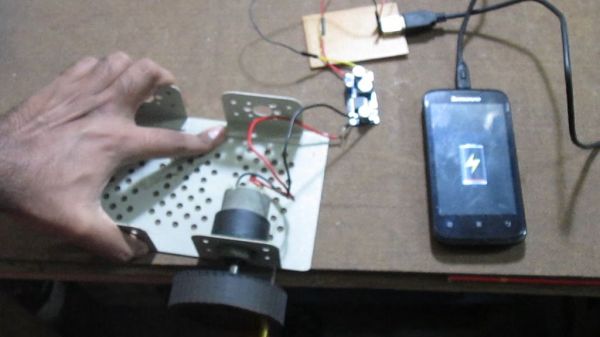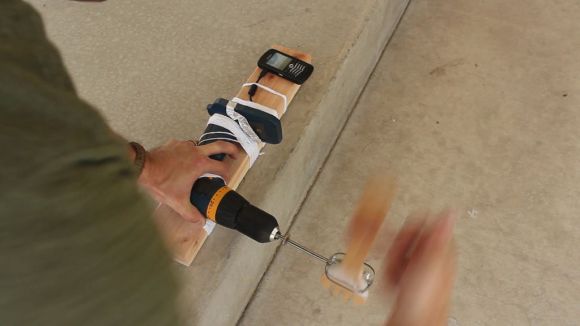[Don Eduardo] took matters into his own hands after experiencing a days-long power outage at his house. And like most of us have done at least one, he managed to burn his fingers on a regulator in the process. That’s because he prototyped a way to use power tool batteries as an emergency source — basing his circuit on a 7812 linear regulator which got piping hot in no time flat.
His next autodidactic undertaking carried him into the realm of switch-mode buck converters (learn a bit about these if unfamiliar). The device steps down the ~18V output to 12V regulated for devices meant for automotive or marine. We really like see the different solutions he came up with for interfacing with the batteries which have a U-shaped prong with contacts on opposite sides.
The final iteration, which is pictured above, builds a house of cards on top of the buck converter. After regulating down to 12V he feeds the output into a “cigarette-lighter” style inverter to boost back to 110V AC. The hardware is housed inside of a scrapped charger for the batteries, with the appropriate 3-prong socket hanging out the back. We think it’s a nice touch to include LED feedback for the battery level.
We would like to hear your thoughts on this technique. Is there a better way that’s as easy and adaptive (you don’t have to alter the devices you’re powering) as this one?
Continue reading “Emergency Power Based On Cordless Drill Batteries”













